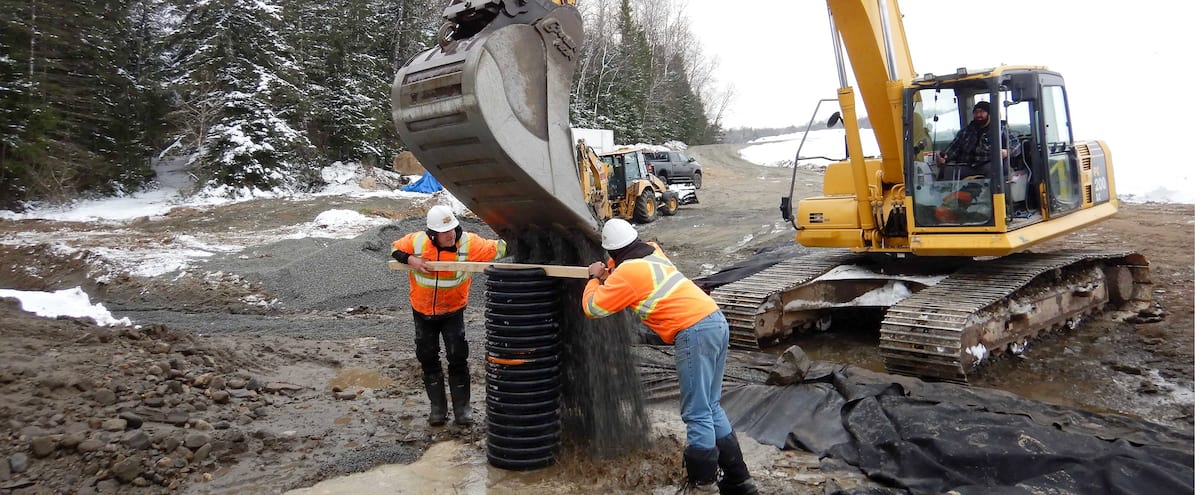The return home of 1,900 residents of the Hautes-Laurentides evacuated due to a dike that threatens to give way could go beyond December 17.
• Read also: Dike threatening to give way: evacuees can collect personal effects from Saturday
• Read also: Unstable dike: no return before December 17
• Read also: Threatening dike: no return date for evacuees
“We will get back to you as quickly as possible on a probable and possible date of return home […] We don’t want to go there too quickly, not knowing how the situation will evolve in the coming days,” declared the Minister of the Environment, Benoit Charrette, passing through the region yesterday.
A preventive evacuation notice was issued late on December 3 due to the risk of rupture of the Morier dike, on the edge of the Kiamika reservoir.
In all, 1,900 people from Chute-Saint-Philippe and Lac-des-Écorces had to leave their homes, according to the Ministry of Public Security.
The date of December 17 was given on Wednesday for more “predictability”, but it is possible that the evacuation could be prolonged, indicated Minister Charrette.
Stable
The Morier dike presents internal erosion which requires work to ensure the integrity of the dam, we can read on the Quebec government website.
Ministry engineers are carrying out drainage works to lower the water table of the Kiamika reservoir, explained Martin Ferland, an engineer at the Ministry’s General Directorate of Dams.
“The situation is stable […] The risks are the same,” he warned.
Engineers from the Ministry of the Environment have dug a water evacuation channel towards the Kiamika River, at the foot of the Morier dike, which threatens to give way.
PHOTO PROVIDED BY THE MINISTRY OF THE ENVIRONMENT
Two weeks ago, “worrying” accumulations of water were observed at the foot of the dike, as well as the transport of sediment, which indicated a risk of rupture.
If the dike were to give way, the equivalent of 100,000 Olympic swimming pools could be dumped around the Kiamika reservoir.
It would then be necessary to evacuate 11 municipalities in the region.
